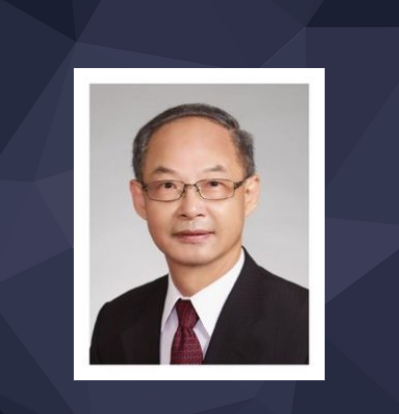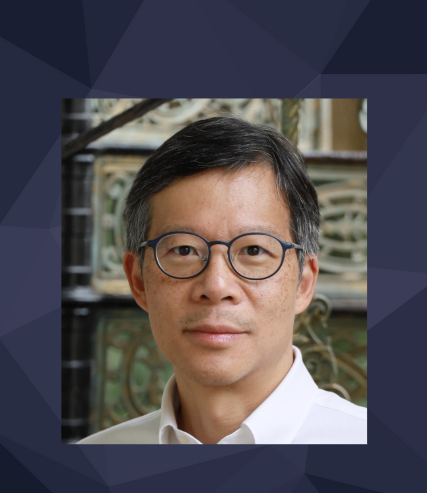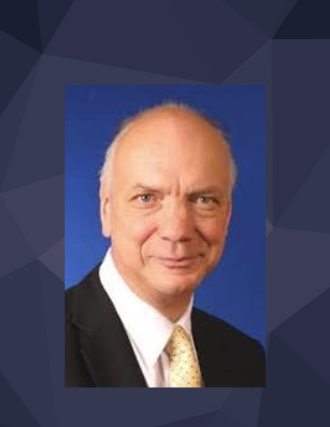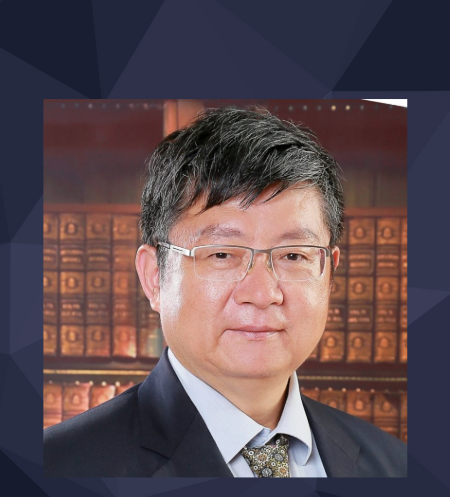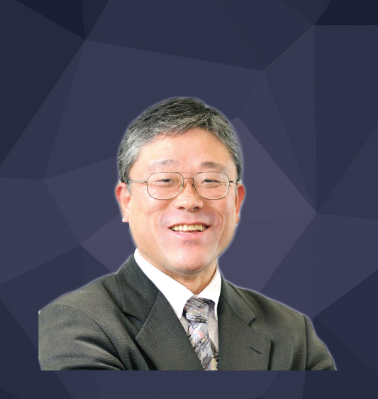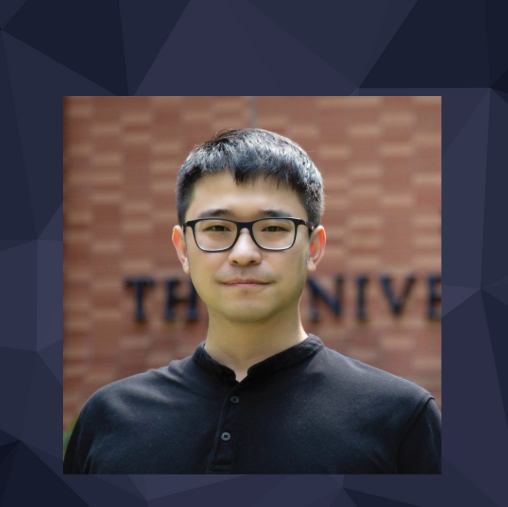TechTalk – Rational Approach for Seismic Analysis of Long Underground Tunnels Based on 2.5D Formulation
This lecture presents a rational procedure for the seismic analysis of underground tunnels using recorded free-field earthquakes based on the 2.5D finite/infinite element approach. The near and far fields of the half space are modeled by finite and infinite elements, respectively. Using the 1D wave theory, the nodal force and displacement on the near-field boundary are computed for each spectral frequency of the earthquake. Then, equivalent seismic forces are computed for the near-field boundary for the imposition of earthquake spectrum. By assuming the soil-tunnel system to be uniform along the tunnel axis, the 2.5D approach adopted can duly account for the wave transmission along the tunnel axis, which reduces to the 2D case for infinite transmission velocity. The horizontal and vertical components of the 1999 Chi-Chi Earthquake (TCU068) are adopted as the free-field motions in the numerical analysis. The maximal stresses and distribution patterns of the tunnel section under the P- and SV-waves are thoroughly studied by the 2.5D and 2D approaches, which should prove useful to the design of underground tunnels. Comments on the idea to extend the present approach to include the effect of overlying water, such as the case for the sites below reservoirs, rivers, or sea, will also be pointed out.

